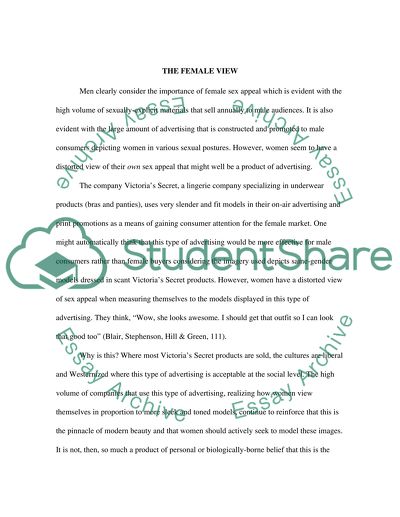Cite this document
(“Womens Sex Appeal vs. Mens Sex Appeal Research Paper”, n.d.)
Retrieved from https://studentshare.org/family-consumer-science/1414135-womens-sex-appeal-vs-mens-sex-appeal
Retrieved from https://studentshare.org/family-consumer-science/1414135-womens-sex-appeal-vs-mens-sex-appeal
(Womens Sex Appeal Vs. Mens Sex Appeal Research Paper)
https://studentshare.org/family-consumer-science/1414135-womens-sex-appeal-vs-mens-sex-appeal.
https://studentshare.org/family-consumer-science/1414135-womens-sex-appeal-vs-mens-sex-appeal.
“Womens Sex Appeal Vs. Mens Sex Appeal Research Paper”, n.d. https://studentshare.org/family-consumer-science/1414135-womens-sex-appeal-vs-mens-sex-appeal.


